(switching to my patronizing old lady voice now...)
Teenagers today may think that they are the first generation to use a coded language to chat with their peers, but they don't have anything on 18th century fan flirting.
The following are the fan signals and their text messaging equivalents:
Text abbreviation: MOS (Mother over shoulder)
Fan abbreviation: Fan closed, place tip to lips
Fan abbreviation: Fan closed, place tip to lips
Keep our secret
Text abbreviation: BM&Y (Between me and you)
Fan abbreviation: Cover left ear with closed fanIf you mistrust the person:
Text abbreviation: TILIS (Tell it like it is)
Fan abbreviation: Fan closed, place tip to nose.
If someone’s conversation is not stimulating:
Text abbreviation: BOOMS (Bored out of my skull)
Fan abbreviation: Yawn behind a closed fan
If you want him to get lost:
Text abbreviation: BIH! (Burn in hell) or BOB (Back off buddy)
Fan abbreviation: Lower an open fan and point it at the ground
If you don't believe his compliments
Text abbreviation: GIAR (Give it a rest)
Fan abbreviation: Place your chin on the tip of the fan
To let him down gently:
Text abbreviation: NFM (Not for me)
Fan abbreviation: Open your fan and make a brushing movement like you are swatting an annoying fly
If you are interested:
Text abbreviation: BG (Big grin) or G (Giggle) or more to the point - URH (You are hot)
Fan abbreviation: Open your fan and use it to coquettishly hide your eyes
If you are really interested
Text abbreviation: ILU, ILY (I love you)
Fan abbreviation: Place the tip of your fan to your heart
You are interested enough for a tryst
Text abbreviation: BTYCL? (Bootycall)
Fan abbreviation: Open fan slightly over heart and flutter it to indicate the time of your rendez-vous
Not only could a girl use her fan to communicate quick emotions, but have whole conversations in a sort of fan Morse code. Charles Francis Bandini's "fanology" taught the subtle art of fan flirting and much like today's text abbreviations, fanology promised to "Improve the Friendship and set forth a plan for ladies to chit chat and hold the tongue."
Below is the teaching device for "Fanology" or "The Ladies Conversation Fan."
Here is how it worked:
To chat with your buddies, you would place your fan in the correct letter position using a 2 combination number. Letters were first broken up into five different fan positions similiar to how the keys on some cell phones are grouped with 3 letters on one key (ok...I have a really old phone).
Position 1 was A-E.
Position 2 was F-K.
Position 3 was L- P.
Position 4 was Q-U.
Position 5 was V-Z
"J" was eliminated.
The second number would indicate the letter postion from within that group. So for example, if you wanted to spell L * O * V * E, you would put your fan in position 3 and 1 to indicate "L". Then you would put your fan in position 3 and postion 4 to sign "O". And so on. This would work wonders to flirt with your man across a crowded room....unless he was nearsighted, in which case all that incessant flapping would just cool your ardor.*
This fan language was not something to take lightly. If a girl didn’t know the correct fan signals then she could make some serious social blunders. Such was the case when Baroness Oberkirch leaned over to show Marie Antoinette her bracelet and accidentally opened her fan (gasp!...a fan was never to be opened in the presence of the queen in Versailles unless used as a tray.) But at least with fan flirting, there was not a Tiger Woods digital record of your social faux pas. FRT! (For Real Though)
Now that video chatting has become so popular, maybe teens could at least skip the text abbreviations and get out their fans? No?? Feel free to share these fan flirting tips with an angst ridden teen. Don’t expect them to be impressed.
*By the 19th century, the Victorians had completely rewrote the fan language etiquette so you better have the most recent code book or you might tell the object of your desire to beat it when you really meant you make my heart beat.
Sources and Further Reading:
Wikipedia has more chat abbreviations here.
Images from V&A Collections
Picard, Liza. Dr. Johnson's London : coffee-houses and climbing boys, medicine, toothpaste, and gin, poverty and press-gangs, freakshows and female education, New York : St. Martin's Press, 2001.
Stabile, Susan. Memory's Daughters: The Material Culture of Remembrance in Eighteenth-Century America, Cornell University Press, 2004

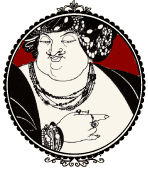


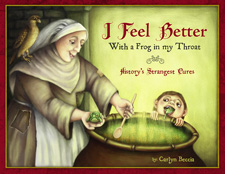
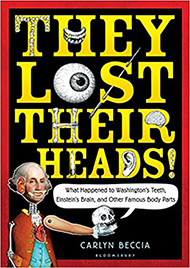




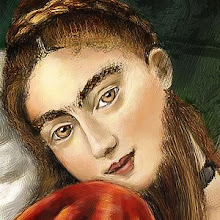
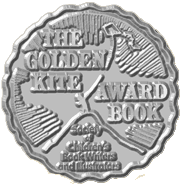



5 comments:
Awesome Post!
I didn't know about the spelling things out with the fan! Reminds me of the girls in high school who would spell out messages to their friends in sign language during class.
What a fantastic blog entry. I've always wondered where I could find the entire fan language. Thanks so much for posting it! Where did you find it?
On a side note, I just found out that Christie's recently auctioned off the alliance rings of the wife of the Duc de Chartres. Can you imagine such an intimate object, with so much history connected, ending up on the auction block? Sort of like one's gowns...
If you want to read more or see images of the alliance rings, visit my blog:
http://leahmariebrown.blogspot.com/
Thanks for another interesting read.
Jean-Francois de Buren - (I wish I had a name like that) thanks for stopping by.
Heather - Ya, I would think sign language might work a little better. Fan language seems complicated.
Leah Marie Brown - I found this fan language in: Memory's Daughters: The Material Culture of Remembrance in Eighteenth-Century America. It is in my sources below.
Thanks for the link! I love jewelry history.
Great article. This will come in handy for my online novel (http://societybook.wordpress.com); these details will make my story sound even more believable, especially since one of my characters is a huge flirt.
Post a Comment